With that kind of heat recently however, and my vegetable patch receiving some westerly afternoon sun, it obviously had an impact.
Shrivelled beets
My beets leaves, started to melt, along with some celeriac. Both have hardy tubers/roots and should be able to recover. The next day was quite overcast, so they had some time to bounce back.
Nasturtiums
I always knew this was a possibility in summer, which is why I planned for shade-cloth. However, the sun was most intense when it was quite low in the afternoon. I'd have to cover the area to ground level, if I want to avoid scorching in summer sun. It may not be practical, given I am experiencing another problem in this area, for quite different reasons.
Tomatoes
Everything is starting to turn yellow, and I noticed this with the recent downpours we experienced too. The problem is the clay soil. I have improved this growing area in the past, with organic matter, but there is still quite a large degree of clay. When it gets saturated, the plants cannot take up the nutrients, so they effectively starve as they are growing. The yellowing leaves are a symptom.
That's just one problem which has developed however. I also have a problem with powdery mildew. Which is why I'm hesitant to put shade cloth over, allowing the disease to concentrate and spread further. It really needs increased air flow.
A recent bare patch - click to enlarge
You can see the new wall, we are building in the background, which I will return to later. For now, look at those spaghetti squash vines though. What spaghetti squash vines? Exactly. They were growing over the retaining wall nicely, and things started to change with all that rain we received. The plants weren't able to take up nutrients, got sick, then the powdery mildew spread further, and the vines are now dying back.
Before it got that bad however, I also noticed female flowers either weren't baring at all, or when they appeared, the flowers never opened and subsequently died. Before the rain came, they were blooming and I got fruit, but after the clay got saturated, only male flowers bloomed.
I did some research and applied some milky solution to the leaves to counter the powdery mildew, but also it allowed the plants to take up some much needed calcium. With some gypsum and epsom salts applied to the soil as well, my female flowers started blooming again. They needed access to nutrients, to get those female flowers producing.
Dill pickle
It's not just limited to my squash, but also my cucumbers. I've gotten a single cucumber, which I won't eat as I will save the seed instead. This fruited before the rain set in, but afterwards, nothing. Since the dry weather, helped the ground to dry recently however, I've noticed another cucumber developing.
New fruit
So the problem in this particular area, is mostly the clay in the soil. I can't do raised beds, because it's on the edge of a retaining wall. Plus I have the avocado tree to consider. Thankfully my avocado weathered the hot days, without much damage either. I have three fruit developing - the others fell off earlier - probably due to the heavy rain as well. It restricted access to the nutrients in the soil, and the tree sensibly dropped the fruit it couldn't sustain.
What I plan to do for this area though, is to add more organic matter, and apply more gypsum to break up the clay particles. Its too late to do anything now, as summer is approaching, but I will try in autumn to redo the beds.
Note the tall grass, above the wall
We are planning to expand the growing area, to the other side as well. The arrow is pointing to the existing bed. With the addition of a new retaining wall, we can add another row of garden beds parallel to the existing one. Thankfully, the base layer is nearly done, so we can then move to the relatively easier task of going up!
Looking level
It seems like a lot of trouble to go to, for growing vegetables, but this is the only area which is closest to the house. We have tried growing vegetables without the retaining wall, and the grass above the wall (earlier image) will show why its hasn't worked.
The vegetable bed, quickly got inundated with weeds and passionfruit vines, which also grow up the top. A wall will make it easier to prevent the upper growth, from invading the lower areas.
While we have experienced some set-backs in the existing beds, it hasn't all been bad news.
Still a harvest to be had
We're still getting zucchini (enough for us and the chickens) purple king beans and plenty of herbs. The avocado you can see in the picture, was given to us (a whole bags worth) from David's workplace. His employers used to own a busy country store, so made a lot of contacts with farmers. These farmers and friends, very generously drop stuff into their new urban location, when they have too much stuff.
We received a whole bag of avocados and two cos lettuces, recently, for free. So did a bunch of other employees. It's great to see, food not going to waste. We also have an arrangement with the local noodle bar, to collect a box full of outer cabbage leaves for our chickens, and we give them the occasional box of fresh eggs.
This is happening in an urban environment, through David's workplace. It indicates the importance of country and city relations, and the people prepared to nurture those networks. While food is traditionally grown in more rural locations, its the urban locations which can take up excess more readily, because of the population size. It's just about getting that conversation started.
Boiled spaghetti squash
Back at home though, I'm happy to say, we ate a truly beautiful meal recently. Although the spaghetti squash vines are on the decline, we harvested a fruit and tasted it for the first time. What an unassuming vegetable, for such decadent texture and flavour though.
We had spaghetti squash for dinner, stirred with melted butter, cream, mustard and chopped basil and dill. The dill went great with the squash. We also cooked our purple king beans, which turn green afterwards. Not in this image, was the avocado I added later.
We were stuffed after our plate full of veg, and could feel the molecules in our brains doing back-flips. While we didn't churn the butter and scoop the cream from our own dairy animals, we're happy to say, this is one super meal, packed with nutrients, and all grown or sourced, locally.
I'm looking forward to expanding our growing area, experimenting with different shade techniques, and basically producing more of our food. Without observing and interacting though, I'd feel like my thumbs were inextricably brown and never to be cured. Thankfully, it just requires a different way of looking at things - both in how we grow our food, but also how we source it from elsewhere.

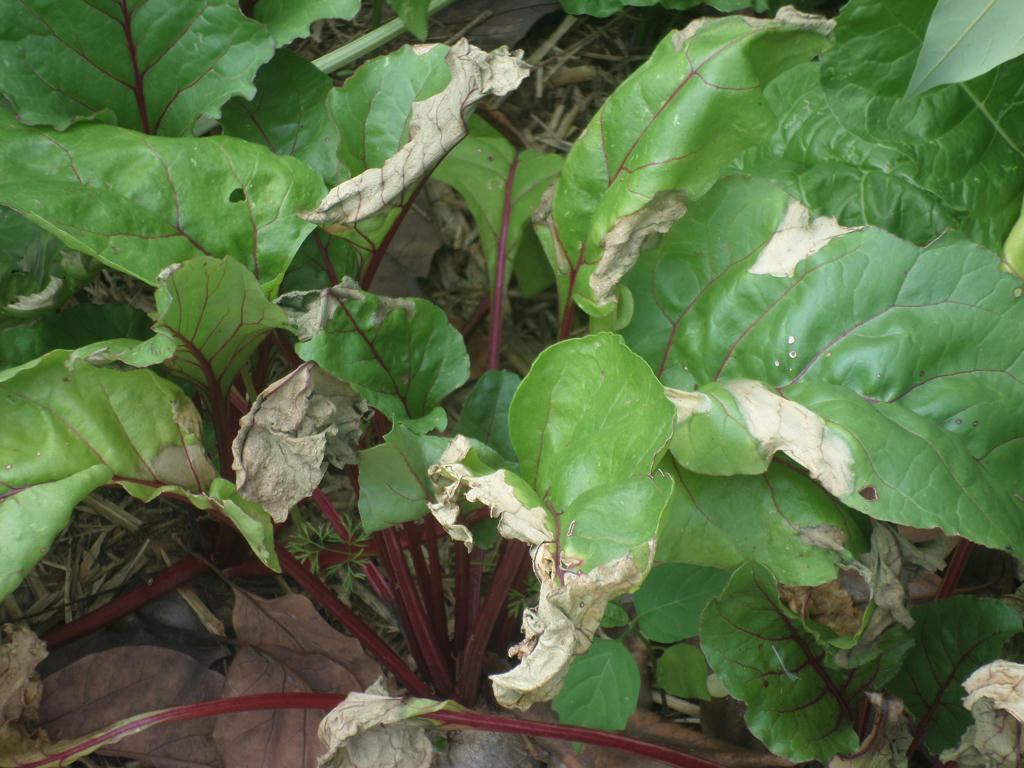
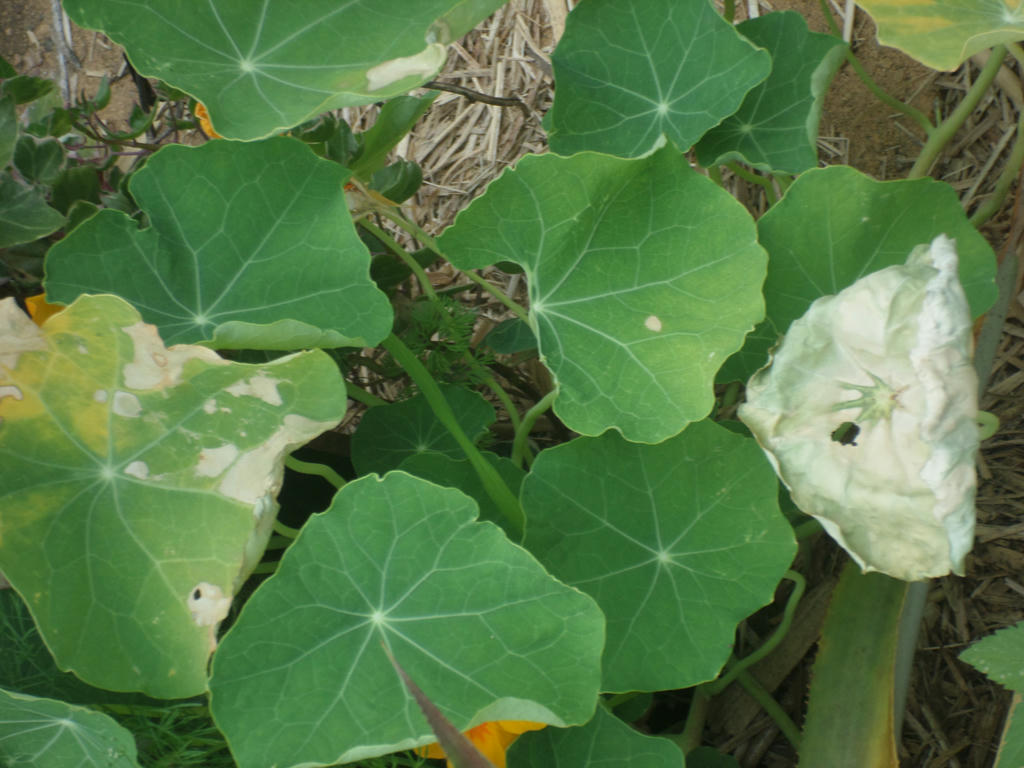
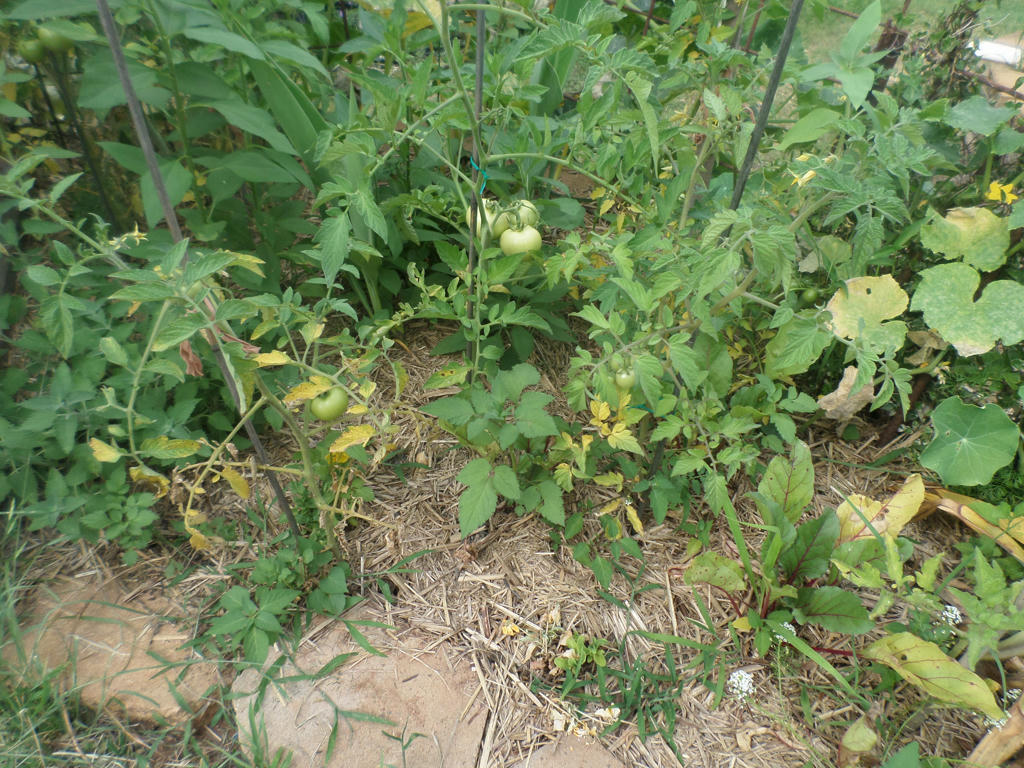
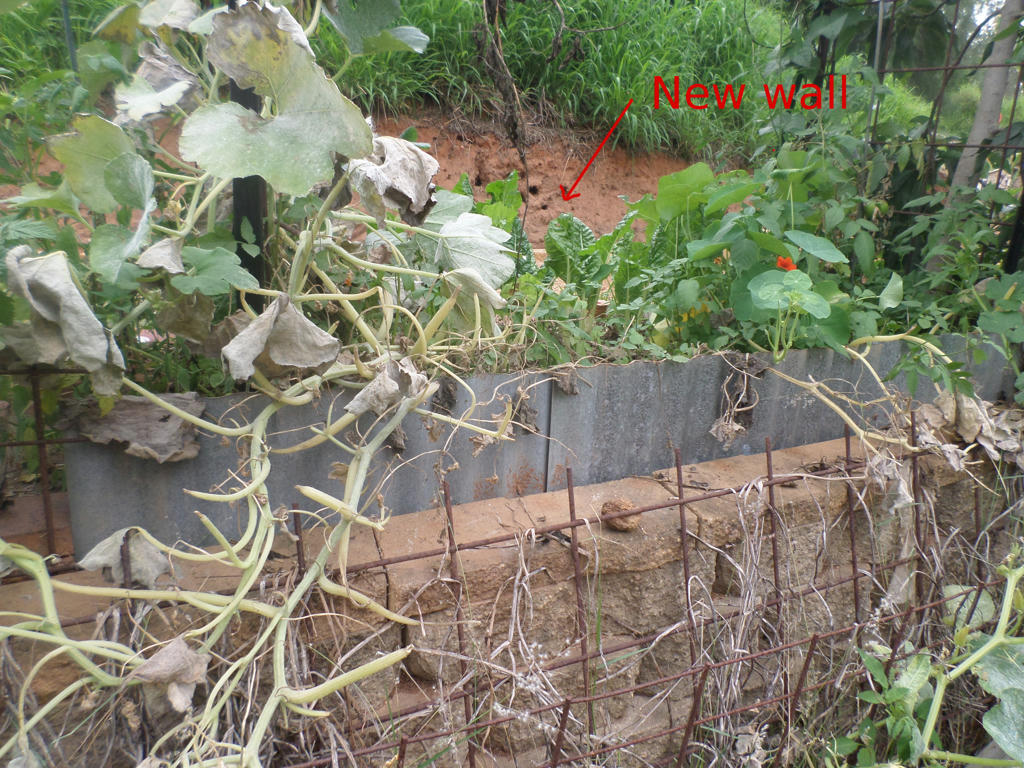
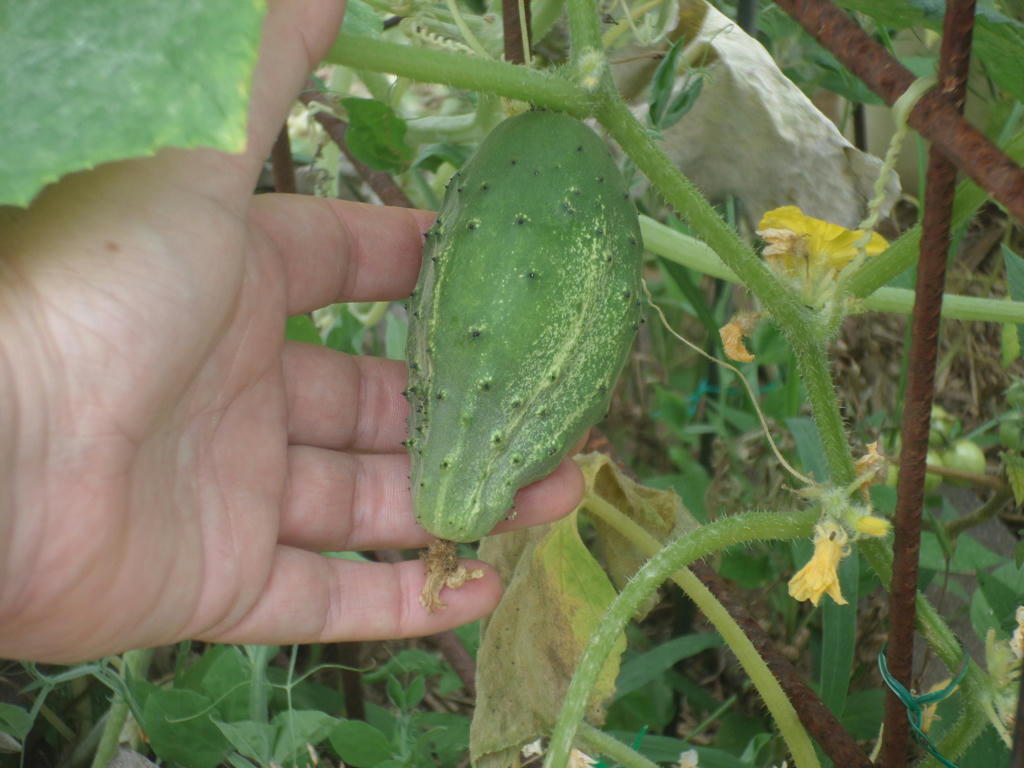
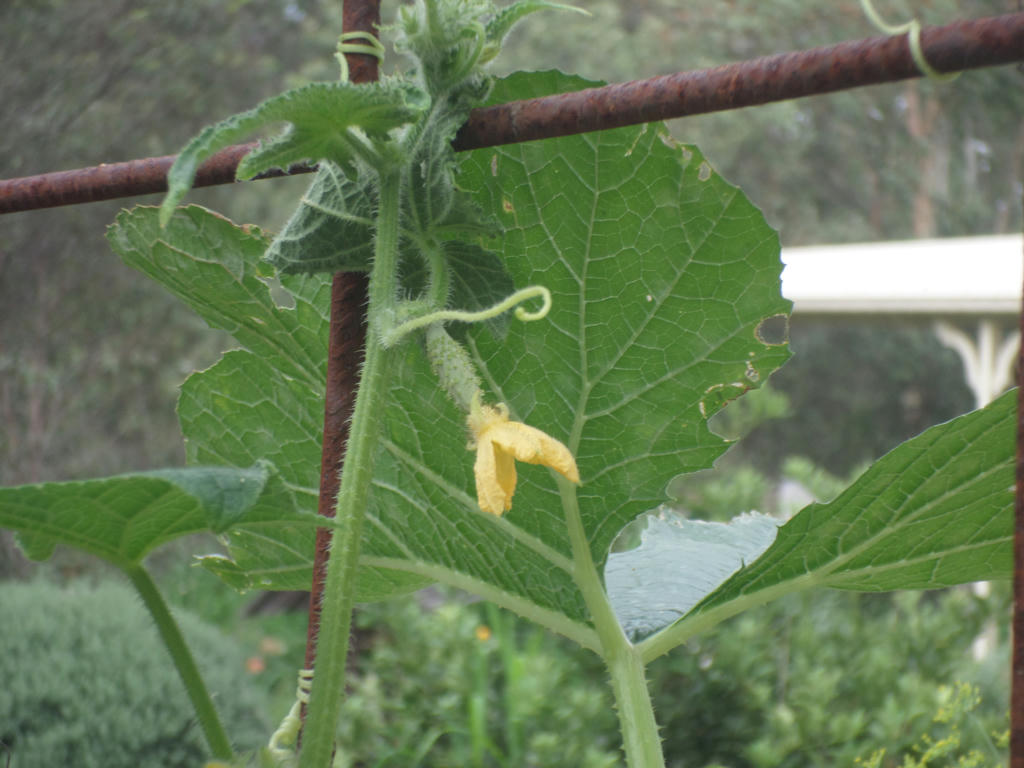
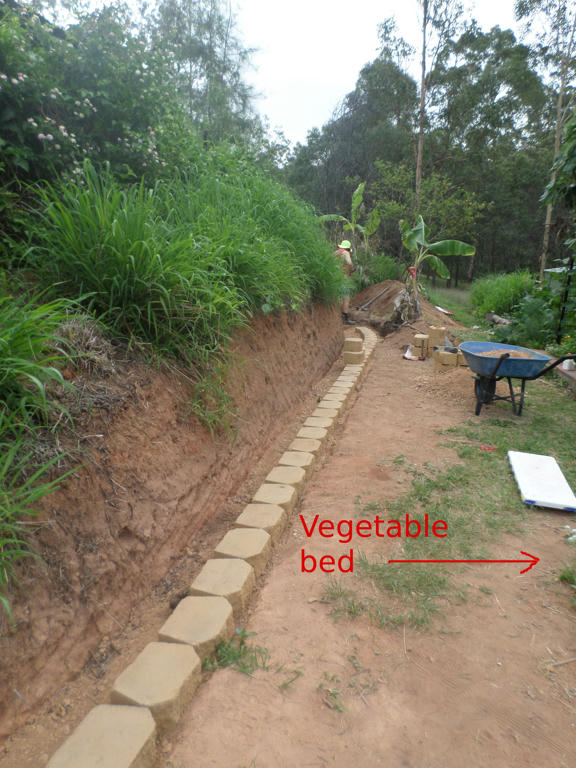
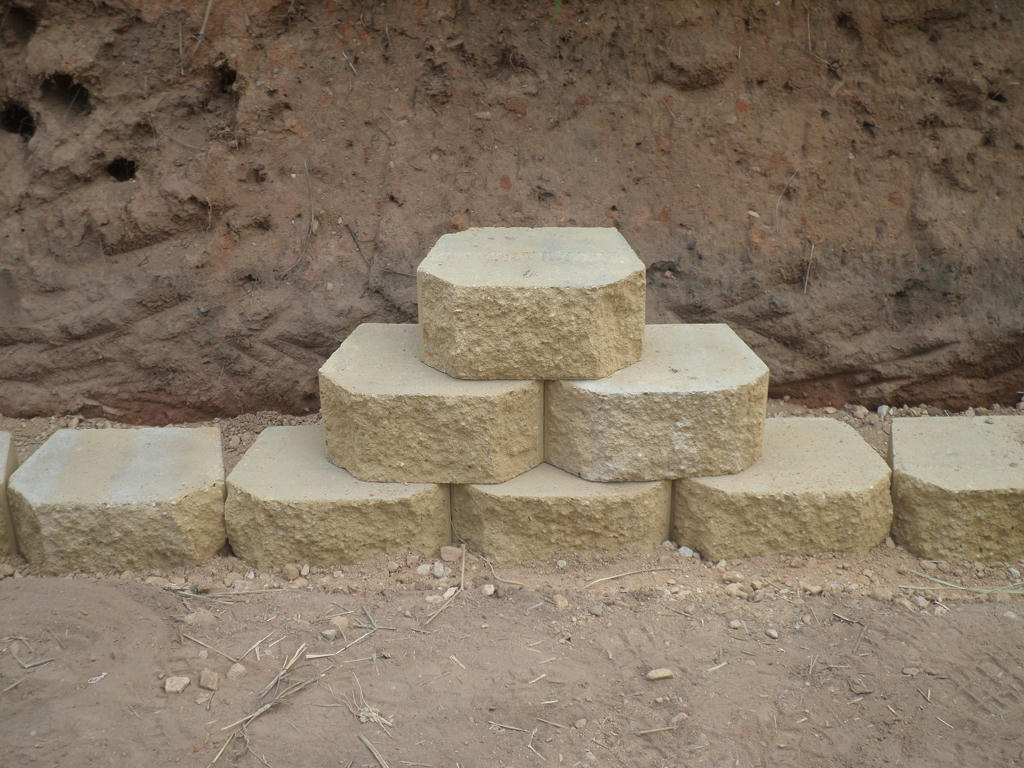
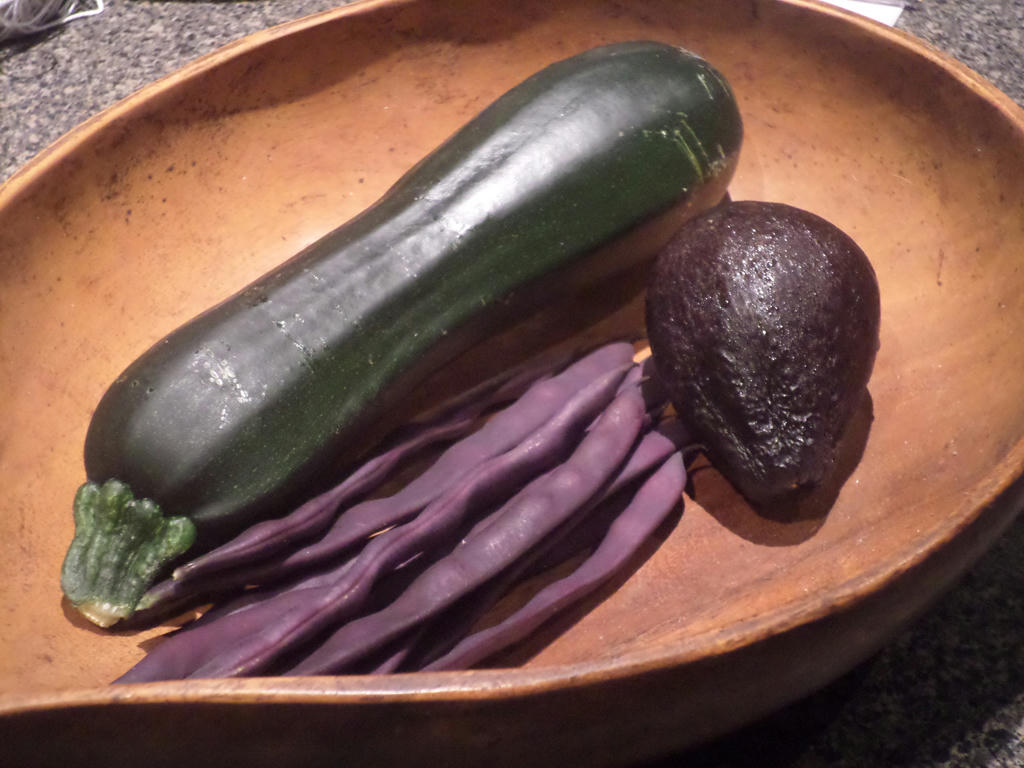
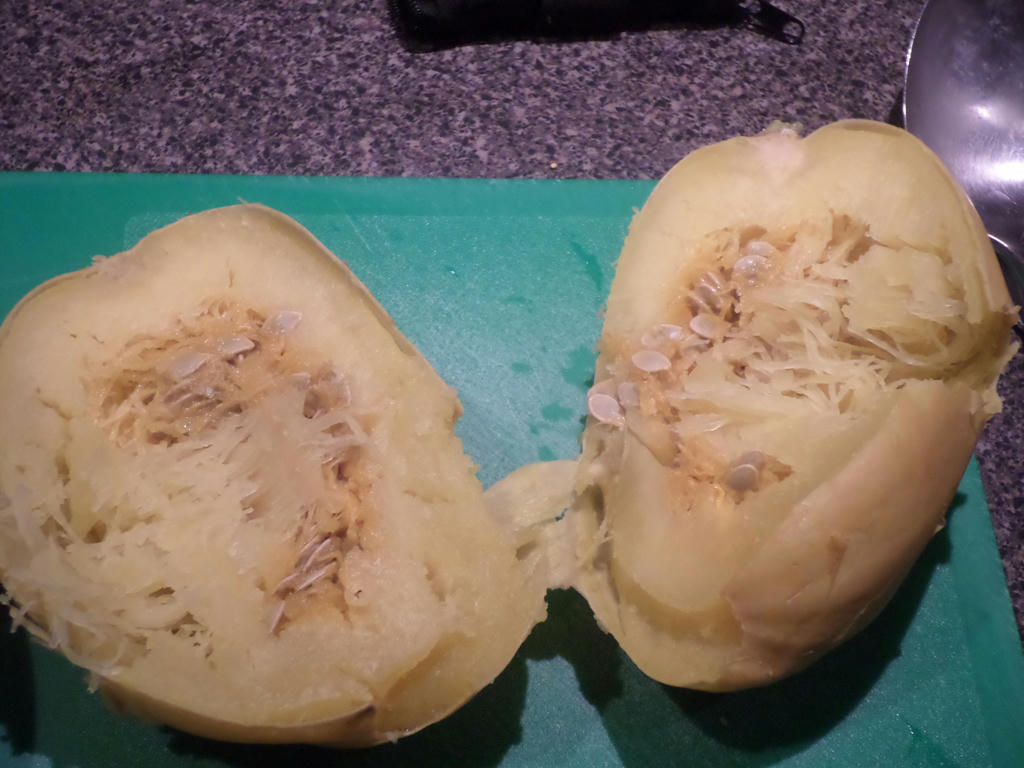
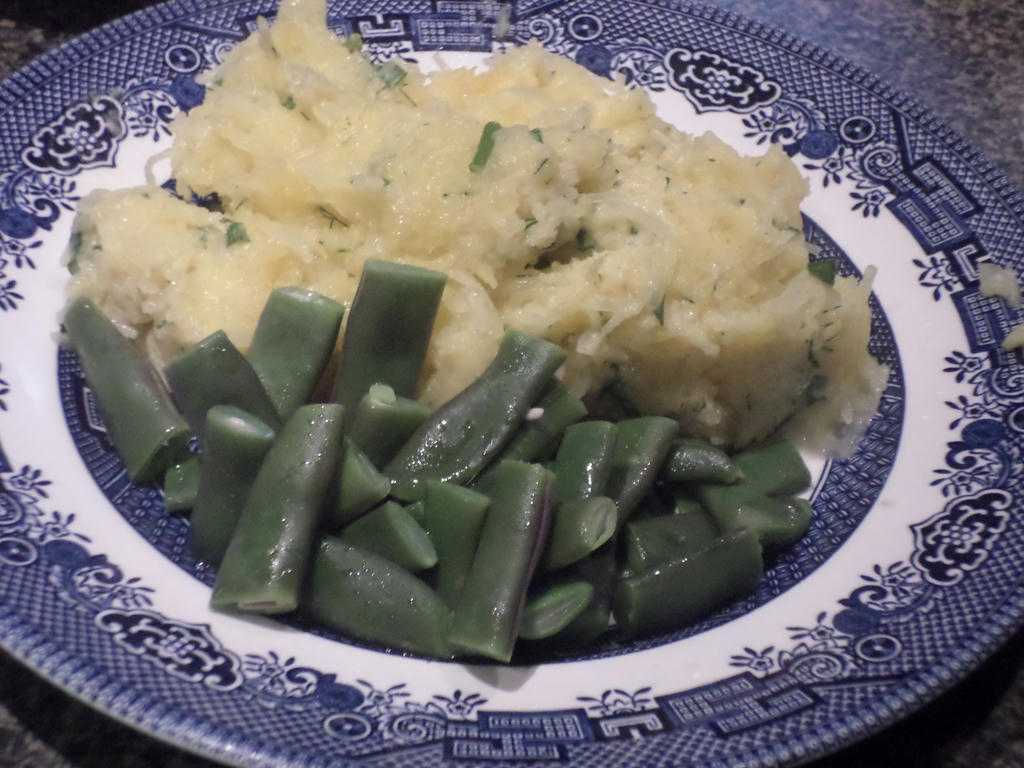
That first permaculture principle has always worried me. You've rightly stressed interact 'where necessary', but that's not set out in the principle as it's actually written. Of course, interaction may not be necessary or even wise in many cases. I wish it could be changed to add that important qualification.
ReplyDeleteI had the same burned leaves when it got to 40 degrees here last summer. If we get more of these days with climate change kicking in, it's going to be very interesting to see how agriculture copes. Shade is the answer of course...possible in a small suburban garden, but not in a huge farmer's field.
Although in your case you say the problem is clay soil, even when there is adequate moisture there, on those really scorching days, the plants can't take it up quickly enough and wilt, and wilted leaves fry up readily in 40 + heat.
There are interesting times ahead for agriculture.
Did you take out the seeds before you cooked the spaghetti squash?
I love your retaining walls. I think that beautiful landscaping was what drew me to your blog in the first place; that and that you had a bush block like me.
I agree, it's an important distinction to make, because to intervene in a natural system which is already working, often makes more work for the gardener, when they displace it. Sometimes its tempting to rip everything up and start from scratch, but I have found sensible contemplation often gains better results, over the long term.
DeleteIts a sound point to make about agriculture though, in that our secure, feed the world population, mantra, which is often touted as justification for degrading large tracts of land, may no longer apply. They will be the first to feel the effects, because their systems have no built-in resilience. Which is why I delight somewhat in my experiments in the garden. It's why I don't always turn to shade-cloth, though it can play a sensible roll in the garden. I just don't want to become dependent on it, or my vegetable patch - before discovering what natural solutions are available first. I just may depend on that information, to eat one day.
I didn't take the seeds out of the spaghetti squash, before cooking, which I regret now. But I knew I had at least one other fruit, just about ready to harvest. I'm hoping the rest of the fruit ripen, before the vine dies completely, because it was so yummy! I have two other vines starting to grow in a separate area , so I'm hoping to get more. I've never really been a "squash" fan, but I fear I'm becoming addicted to these ones.
Thanks for your feedback on our walls. We like them too. Part of my attraction to your blog, and so glad I found it too, was your having a bush block also. They are so very different to suburbanised acreage blocks, and while acreage is difficult enough to manage on sheer scale, its a whole other dimension when the block is mostly bush. It naturally wants to revert all those cultivated areas back to bush, and the wildlife can move in too. They're not so bad problems to have, in fact its part of the land's appeal, but I haven't found a lot of blogs which talk about, or showcase bush blocks in general. So we may be a rare breed. ;)
I'll see if I can get some spaghetti squash seeds....not too late to put them in for this season....and I'll ask where I buy my greengroceries if they know it and can get me a couple from the wholesale market. The owner told me recently he's seen pepinos at the market but doesn't buy them to sell because no-one knows them, so they may just have spaghetti squash as well.
DeleteProbably plenty of people with bush blocks and plenty with blogs. We're lucky to have both. LOL.
Let me know if you can't get ahold of any, I may be able to save some seed in a few weeks. :)
DeleteA regular application of a weak mixture of liquid manure will still give good benefits for the coming summer though....
ReplyDeleteAs I was working on the wall yesterday, I saw the gap where the spaghetti squash was dying, getting bigger. I knew I was probably going to plant something there, and I knew it would require more soil amendments. So I will probably do something before summer is over, in small pockets as they become available, but any major overhaul will happen after the growing season. Though liquid ferts are always welcome!
DeleteThanks for the reminder. I normally try to use Seasol, once a month.
The squash sounds interesting - I can't say that I have ever seen this variety before. I love the tall grasses on top of the wall too.
ReplyDeleteI observe the same problems during our hot, dry summer spells. Sometimes even with irrigation my plants aren't happy in the heat. I've almost thought the heat of summer is when I should be taking my gardening break, not the dead of winter! Something I am going to try next summer is shade cloth. Now that we have a hoop house up, it will be easy to substitute the cloth for the PVC covering.
ReplyDeleteYour bed making landscaping is looking good!
I have entertained exactly the same thing! Growing in the cooler months, as opposed to the hotter ones. But, I suspect I just need more shade, to create better micro-climates. I find where plants can shade one another, they do better than in well spaced rows, out in full sun. Straight and spaced is great for those in agreeable climates, but not so much here.
DeleteCongratulations on the hoop house. I'll have to pop over to see what you and Dan are up to. :)
So you mashed your spaghetti squash! I have only used it as a pasta replacer and don't hate it that way but could live without it. I think I would love it mashed however!
ReplyDeleteOne thing we keep on hand for stressed plants is a kelp liquid which we dilute at one cap per gallon of water. We then add about a tablespoon of molasses and we spray any really stressed plants with that. This doesn't solve the soil issues you might have though that same kelp liquid goes into our soil as well. I have saved many a vegetable that way.
Ha-ha, no I didn't mash it intentionally. I just cooked it too long, lol. But it was still very delicious and parts were still spaghetti like - just in shorter pieces. ;)
DeleteI do use a similar product called Seasol, with kelp additives. I imagine the molasses added to the kelp, would help feed the plant like a sugar rush. Kick-starts the process quicker. I haven't tried molasses like that. I do have some on hand. Thanks for the idea. :)
They love the sugar and the iron I think.
Delete